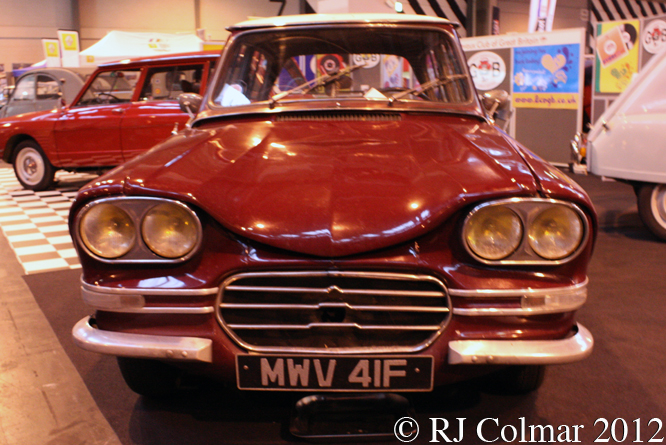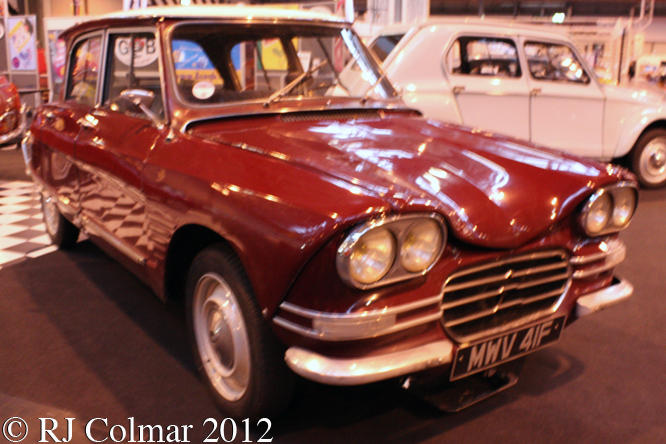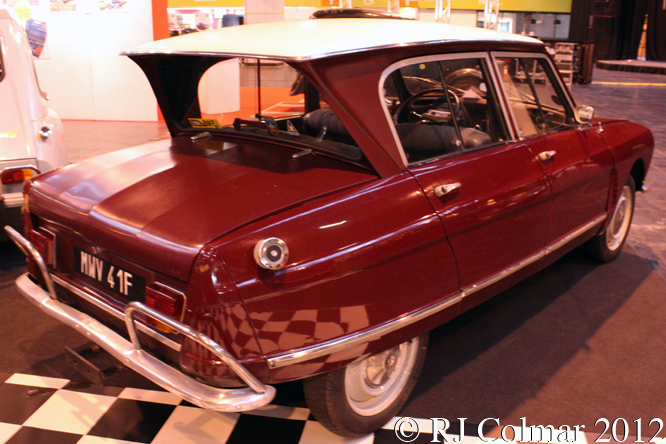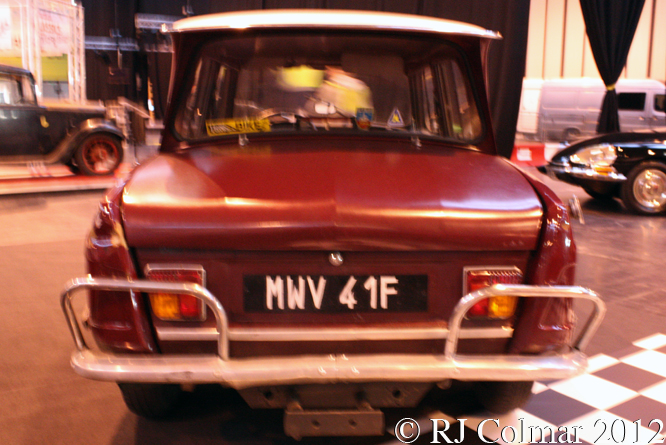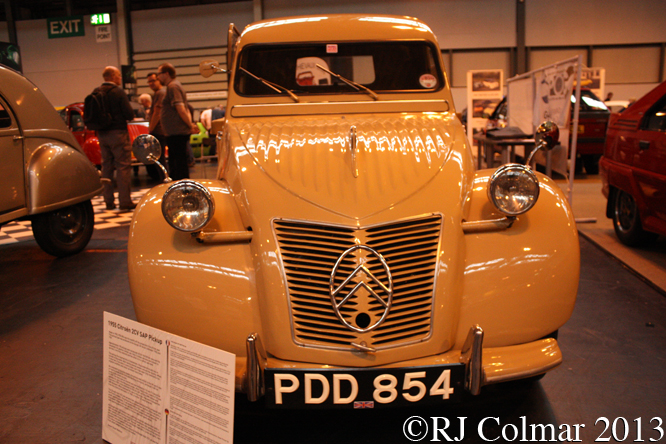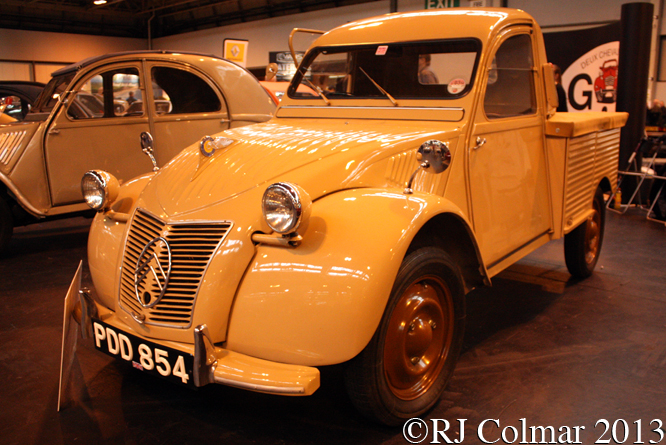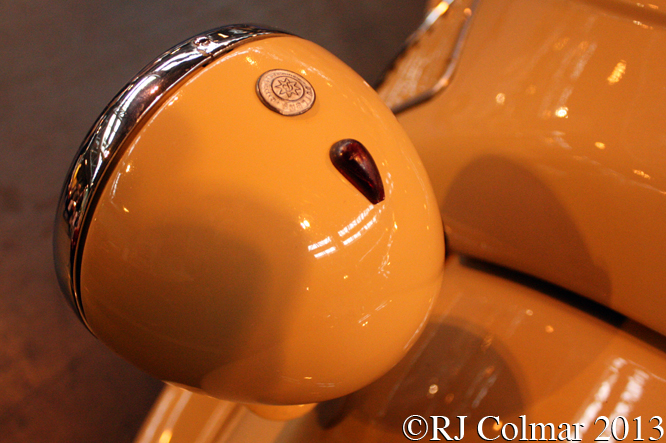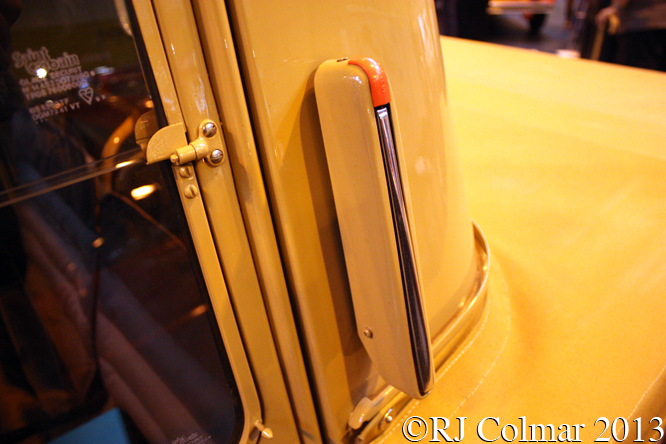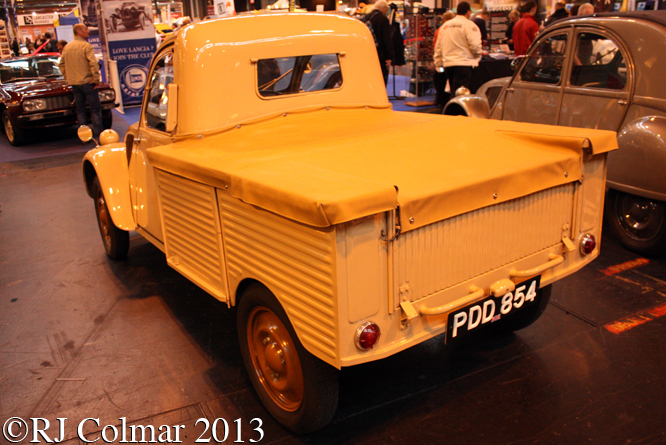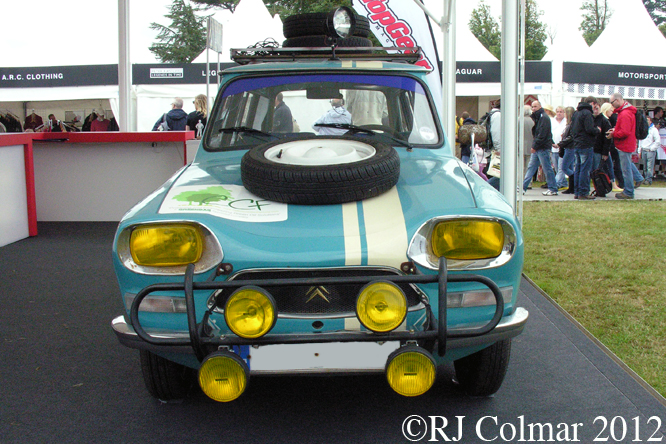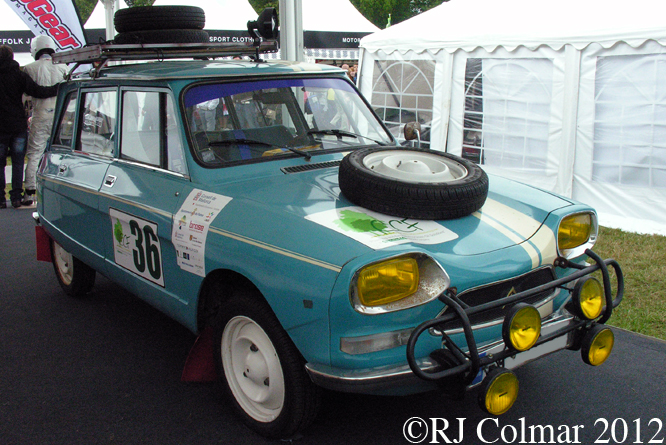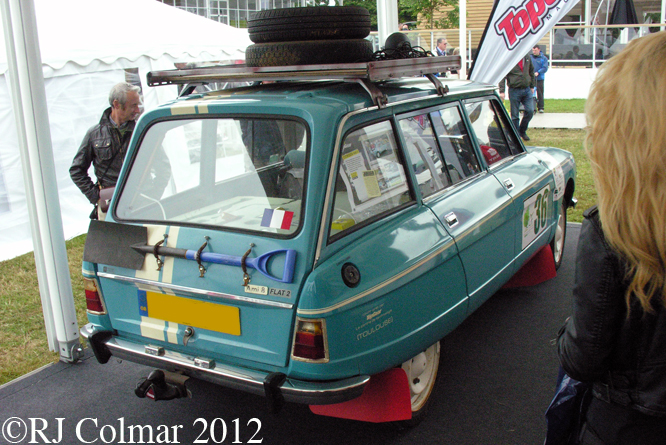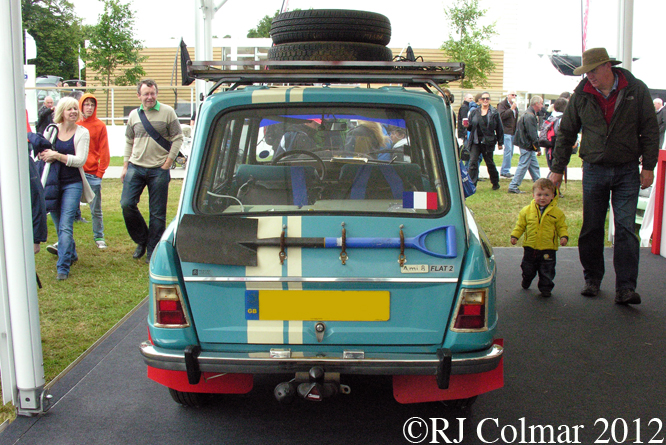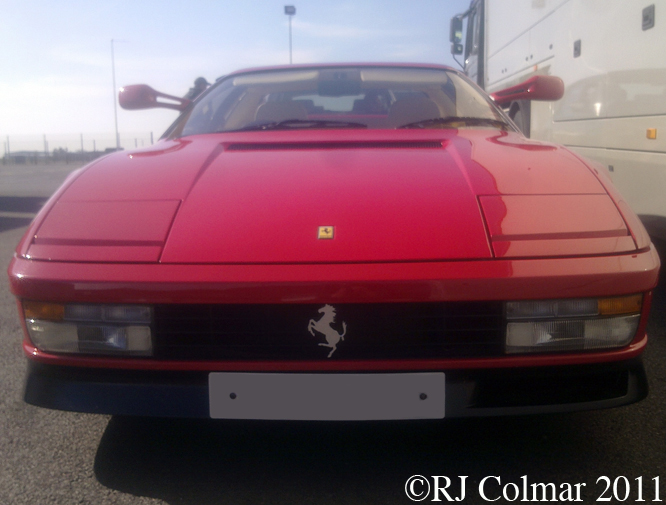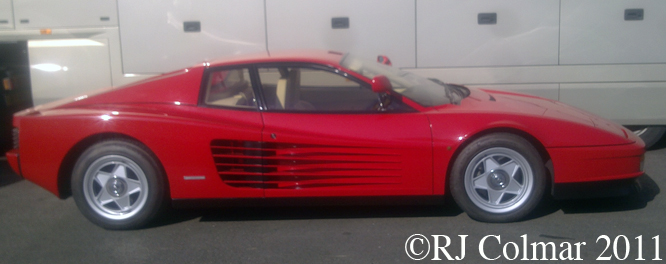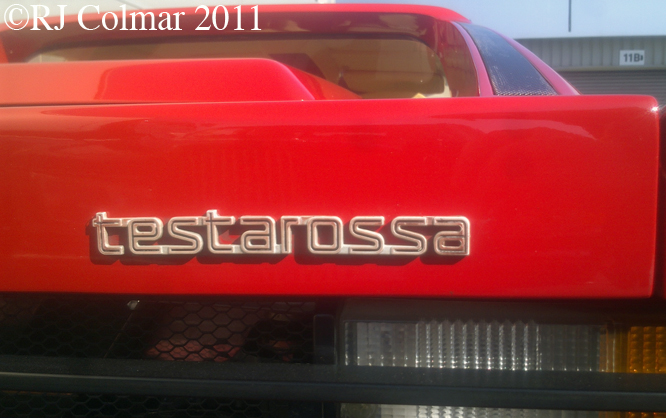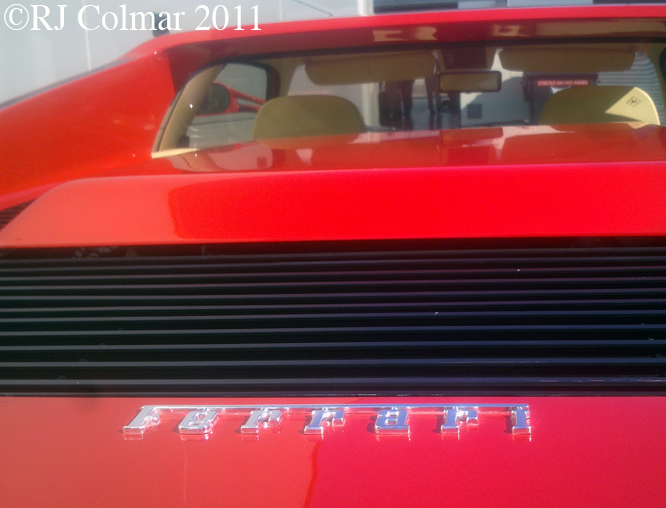My friend Candice, who just became a member of the National Motorsports Press Association, writes a regular Tuesday blog called “Simple Joys”. I know her Simple Joy on wheels would probably be a Morgan three wheeler, mine would definitely be a Citroën 2CV.
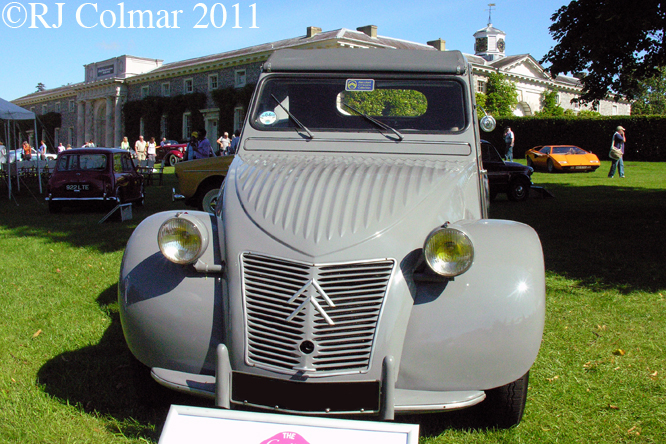
The Citroën 2CV was designed as an uncompromisingly utilitarian vehicle designed to move agricultural France on from dependence on the horse and cart.
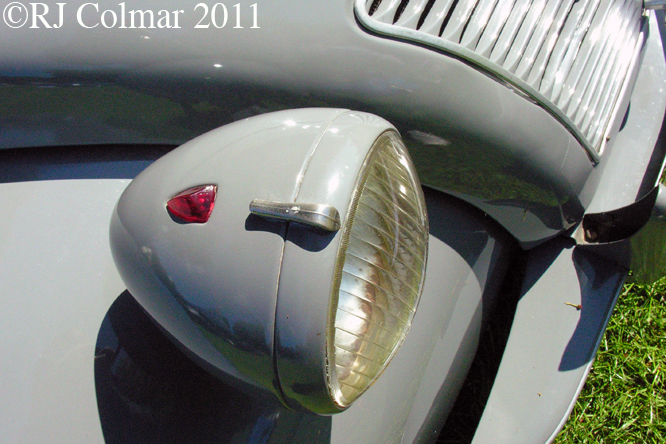
A market survey of Frances largely agricultural population in the 1930’s revealed that there was a demand for an umbrella on four wheels, that could carry 50 kgs / 110 lbs of farm produce to market at 30 mph and be driven across a ploughed field carrying a basket of eggs without breaking them, all while wearing a pair of clogs.
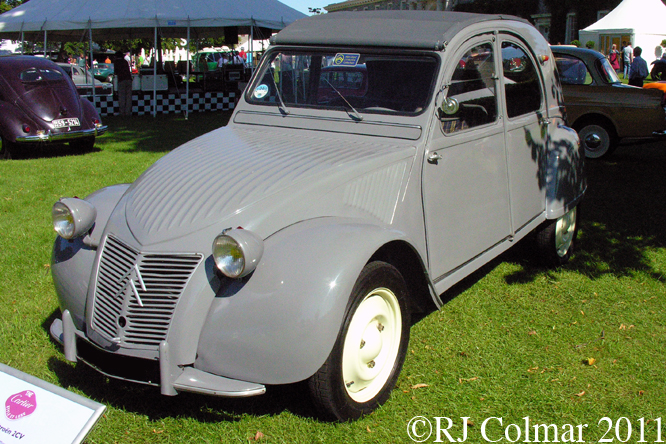
Pierre-Jules Boulanger set about guiding the same design team that had devised the Citroën Traction Avant to come up with a radical solution to the design criteria for a “Toute Petite Voiture” – very small car.
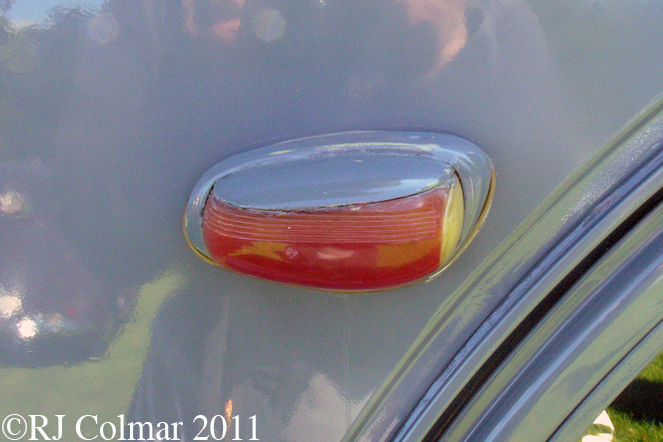
The original 2CV (2hp) made largely of aluminium was to have had a water cooled 2 cylinder engine and was scheduled for launch in 1939 but these plans were abandoned with the onset of the 1939/45 war. During the war it was realised the the price of aluminium would become prohibitive for post was production so the car was redesigned to make use of steel and the engine redesigned to be air cooled with a four speed gearbox.
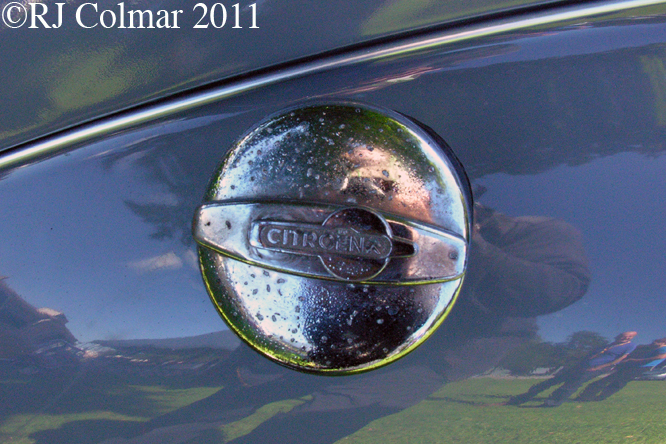
A 2CV was finally launched in 1948 with a pull chord starter that was soon replaced with an electric starter. Despite much humour and scorn in the press Citroën were flooded with orders and the Deux Cheveau became a huge success with a three year waiting list built up in just three months !
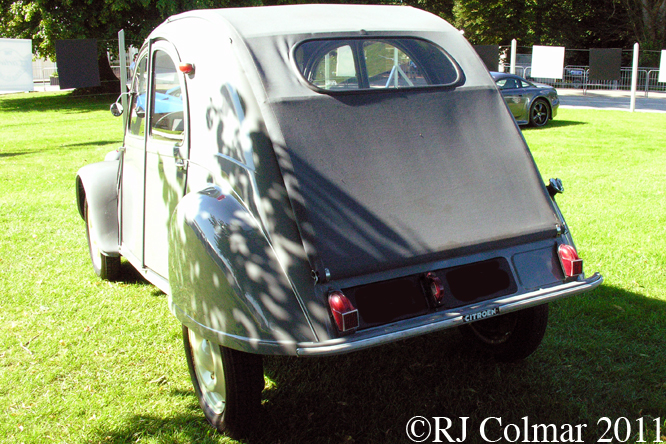
Amazingly Citroën 2CV’s were used in competition events like the Mille Miglia in the early to late 1950’s, though they did not experience any overwhelming success.
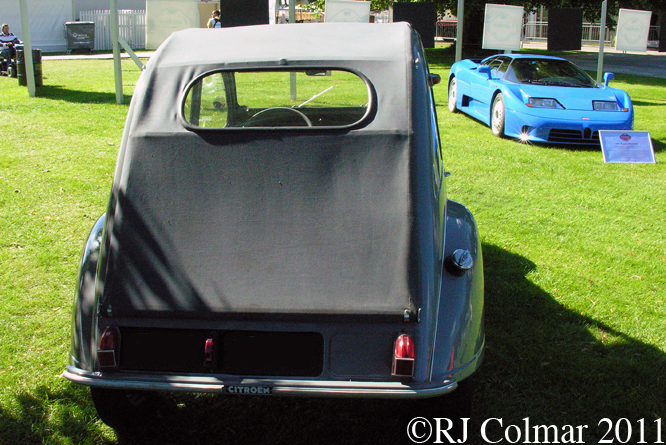
2CV’s were developed into a large number of variants the Fourgonette van pioneered the use of a large rear box section that has seen many passenger vehicles reconfigured to commercial use, there was a pickup and a Sahara off road road version with two engines to provide four wheel drive.
The 2CV remained in production, much modified from this 1954 iteration, seen at the Goodwood Festival of Speed, until 1990. Of all the cars I have owned the half a dozen minimalist cheap and rugged 2CV’s easily gave me the most smiles per mile.
Thanks for joining me on this “Minimalist, Cheap and Rugged” edition of “Gettin’ a li’l psycho on tyres”, I hope you will join me again tomorrow for Americana Thursday. Don’t forget to come back now !
